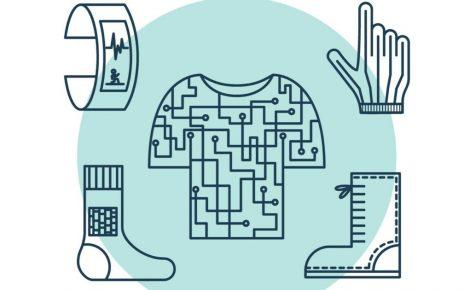What is Data Mining?
Data mining can be defined as the process of discovering potentially useful trends from large data sets.
It is the process of using your computer’s processing power in order to find certain information from your hard drive and then using this information to make the most of your Hadoop installation.
It’s a multi-dimensional skill that makes use of statistics, machine learning, artificial intelligence, and other creative techniques to uncover hidden information from large data sets.
Types of Data Mining
There are different types of data mining depending on the application areas or the tasks they are used for.
The most popular types of data mining are pictorial data mining, web mining, text mining, social media mining, audio, and video mining.
Since data mining is used across different sectors where large data need to be processed, more data mining types would evolve.
Data Mining Techniques
There are basically 5 techniques used in data mining but can be extended to 7
- Classification analysis
- Clustering analysis
- Regression analysis
- Association rules,
- Anomaly or Outer detection
Other techniques are Sequential Patterns and prediction.
How data mining works
The revealed insights from Data Mining methods can be used for pre-search engine optimization, internet marketing, product research, fraud prevention, etc.
Data Mining provides enormous potential for organizations but also has many limitations.
There are technical skills and programming skills required to do data mining jobs.
You need to be familiar with analysis tools such as SQL, NoSQL, SAS, Hadoop, just to mention a few.
As a beginner, you may find the data mining tools very expensive but you can start with microsoft excel.
Advantages of Data mining
When it comes to the benefits of using this innovative analytics technique, there are a few obvious advantages of data mining.
- Access to a large data set
For one thing, it allows companies to gain access to enormous amounts of data in order to make informed decisions.
- It helps to process a large data set
It also allows companies to filter out data that doesn’t meet their standards. Additionally, data mining helps companies predict hidden patterns and helps them exploit those patterns for competitive advantage.
- It helps to improve productivity
In short, using this advanced analytics tool helps companies to improve their productivity, reduce expenses, increase profits, and get a competitive edge over their competitors.
With this new advanced analytics solution, companies are able to make informed decisions that are economically and strategically sound.
Ultimately, for any business understanding the benefits of the data mining implementation process is critical because it allows businesses to take on much more responsibility.
- It helps to manage customers better
It gives businesses the ability to obtain a deeper level of understanding about their customers, competitors, and the marketplace.
To take full advantage of the benefits of a data mining implementation process is to engage in a strategic business understanding of the way the data affects the company.
Other advantages of data mining are the following
-
Better Transparency and Accountability
-
Decisions are driven by Analytics Insights
-
The efficiency of admin is better improved
- It provides insight into new opportunities and predicts the future trend

Disadvantages of Data Mining
There are some major issues that are faced in data mining.
- Data mining can’t answer all questions
One of the challenges of data mining is the inability to provide answers to all questions.
Though this process is capable of discovering patterns from large amounts of unstructured data, it’s not good at revealing the “why” of particular cases.
- Data mining can’t reveal all the connections between data variables
Data Mining can reveal connections between variables, but not necessarily the “how”. This makes it particularly difficult to predict relationships between variables.
- Data mining requires specialized knowledge
Another con of data mining is that the process requires a certain level of programming knowledge.
Therefore, not everybody can mine data since most of the common methods of data mining require some kind of programming language.
Though most of the common techniques can be executed using basic code, the sophistication of the applications is limited by the complexity of the required techniques and data mining scripts.
- Finding patterns may be difficult
One of the main limitations is that it’s difficult to find large databases that fit the pattern you’re looking for.
Because of the lack of resources and the increasing difficulty of maintaining these large databases, data mining applications aren’t commonly available on mobile devices.
For example, searching for sports injury data mining would be easy to do on a laptop or desktop PC.
However, you’d have a very tough time searching for injury data mining applications for a car or truck since the information is specific to only that vehicle.
Other disadvantages of data mining are the following
- Violation of privacy
- Misuse of information
- Inaccurate data
- Data mining is expensive
Conclusion
In order to be able to go ahead and maximize your profit from your data mining exercise, it will be very important that you are properly guided in the data mining implementation process, techniques and methods.
There are several different companies that offer Hadoop training and if you decide to take up such training, then you will need to find one that offers packages that are reasonably priced so that you can save money on your data mining implementation.












